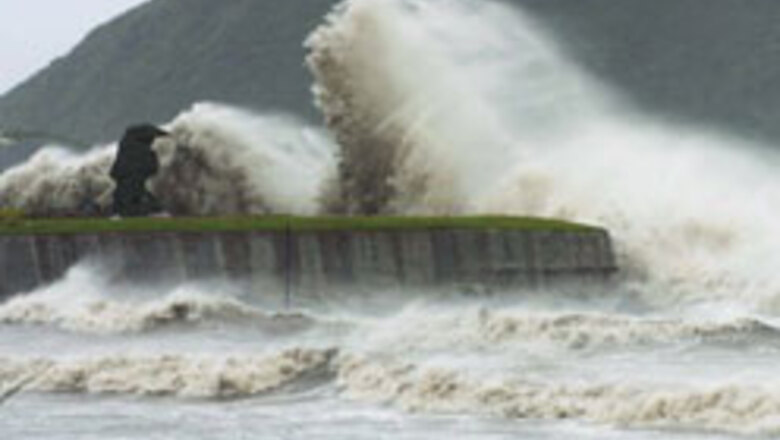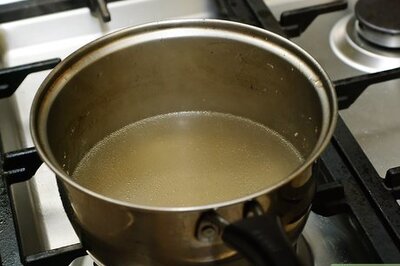
views
Manila: More rescuers rushed Saturday to an eastern Philippine province devastated by a typhoon that killed at least 406 people, despite waning hopes of recovering more survivors.
Most victims died in mudslides triggered by typhoon Durian, which buried at least eight villages at the foot of Mayon Volcano in Albay province, 330 km southeast of Manila, according to Philippine National Red Cross and relief officials.
Dozens of bodies were laid in front of the town hall in Daraga, one of the villages buried by a wall of volcanic debris and boulders, as grieving relatives wailed while hoping to see whatever remained of their missing kin.
Apolinario Mabini, 35, a resident of Daraga, sat in quiet disbelief in front of the town hall. He lost his eight-year-old daughter when the mudslides came Thursday.
"I was not able to hold on to her when the mudslide swept away our house," he said.
Legazpi city mayor Noel Rosal, whose area was also badly hit by Durian, said so far only body parts were being recovered.
"The chance of recovering more survivors is dim," he told a radio station. "We can only hope to retrieve bodies of those missing."
Rosal said that in the village of Padang, covered by several metres of volcanic debris, at least 141 people were still missing.
"Residents no longer expect to recover their missing relatives alive," he said. "It's hard to accept but we presumed that the missing were already dead."
Soldiers who were the first teams to launch rescue missions at the devastated villages said all that they recovered were body parts.
Philippine Red Cross said at least 388 people were killed in Albay province, while the National Disaster Coordinating Council (NDCC) said 10 people were killed in nearby Camarines Sur province, five in Catanduanes province, two in Mindoro Oriental province and one in Quezon province.
Renato Solidum, chief of the Philippine Institute of Volcanology and Seismology, said Durian's heavy rains loosened the volcanic debris at the upper slopes of Mayon, causing the deadly mudflows that buried the communities living around it.
While there is a six-kilometre permanent danger zone from Mayon's summit, many people, especially farmers, still reside in the area because the land there is fertile.
More than 20,000 families have been displaced by typhoon Durian, which pummelled more than 20 provinces in the eastern and central Philippines.
Aside from Albay and Camarines Sur, the other badly hit areas were Catanduanes province and Mindoro Island.
Relief officials said they have not yet received any report from Catanduanes, where power and communication have been knocked out by the typhoon.
Durian slammed into the eastern provinces with maximum sustained winds of 190 km an hour and gusts of up to 225 km an hour.
The typhoon has weakened as it left the country, packing sustained winds of 130 km per hour and gusts of up to 160 km per hour.
Durian was the fourth powerful typhoon to batter the Philippines since late September. More than 250 people were killed in the three previous typhoons.




















Comments
0 comment